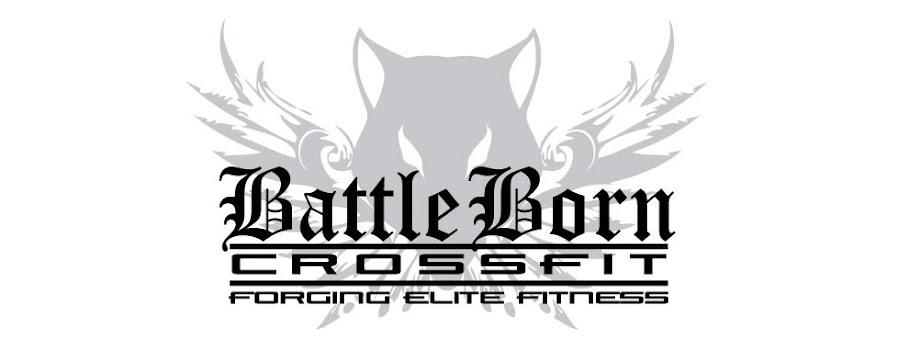We can learn a great deal about how our digestive system is functioning by the sight, sound and even smell of our poop.
5 Distinguishing Features of a Good Poop
- Solid, smooth and log-shaped
- Chocolate brown color
- Sinks to the bottom of the toilet
- Contains no blood, mucous or fat
- Has no odor
- Formless or loose
- Pale in color
- Floats on the surface of water
- Contains deposits of blood, fat and mucous
- Has a bad odor
Your diet has a lot to do with whether or not you have a good poop or a bad poop. Consuming a diet high in processed foods may lead to poor digestion and improper bowel function. Foods made with refined ingredients such as white flour and sugar can cause constipation, and it is best to avoid these at all costs.
On the flip side, a diet rich in fruits and vegetables supplies the body with vitamins, minerals, antioxidants and dietary fiber which promotes healthy bowel function. Dietary fiber helps the body to break down food and fosters easy elimination of waste products.
Drinking enough water is also essential to good pooping. Consume at least 48 oz. of pure, filtered water each day, more if you are active or outside. Drinking water helps regulate bowel movements and aids in the digestion and assimilation of nutrients.
Pooping Position
Believe it or not, there is a better way to have a poop. According to leading natural health expert Dr. Mercola, the Western toilet is not conducive to healthy bowel function. In fact, our toilets promote such things as Inflammatory Bowel Disorder, constipation and hemorrhoids.
Quite simply, the modern toilet changes the way that we poop. Sitting to evacuate the bowels requires you to strain, which can have some unwanted biological effects including a temporary disruption in cardiac flow. Evidence suggests that bowel and pelvic problems may be related to improper posture on the potty.
Squatting is one of the best interventions to prevent constipation and other bowel problems and to put the least amount of pressure on digestion and bowel function. When we squat to eliminate the bowels, gravity does most of the work.
The weight of the pelvis presses against the thighs and naturally compresses the colon. Pressure from the diaphragm can supplement the force of gravity. Squatting relaxes the puborectalis muscle, which normally chokes the rectum to maintain continence.
The easiest way to achieve the squatting position is to use a squatting stool, better known as a “squatty potty.” These little, relatively inexpensive stools have been shown to make elimination faster, easier, and more complete, and may even prevent colon cancer and other conditions such as appendicitis.


No comments:
Post a Comment